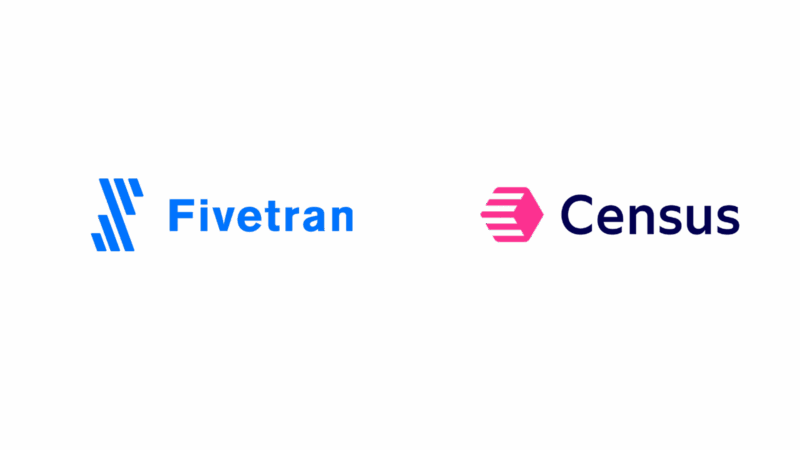Ellipse's dynamic CVV enhances payment security

HAVE you ever checked your credit card statement and found a charge you didn't make? I have — twice. In both cases, my card was compromised and had to be replaced. Even the replacement card was compromised just days after activation. Card fraud isn't just inconvenient; it's unsettling. That's why I was especially interested in speaking with Laval Law, head of global marketing at Ellipse, a Los Angeles-based fintech company. Law introduced me to the company's patented EVC (Elliptic Virtual Code) — a real-time security feature that replaces static CVVs and reduces reliance on OTPs for online transactions. What makes it stand out? It's built right into the card and refreshes your security code with every use, helping to prevent fraudulent online transactions before they start.
About Ellipse, EVC technology
The company invented the EVC All-In-One, an innovative EMV payment card featuring an integrated auto-refreshing CVV displayed on a built-in screen. Unlike traditional cards with static CVVs, EVC generates a new security code every time the card interacts with a payment terminal or ATM. This dynamic code significantly enhances security by preventing credit card fraud, particularly in online transactions.
EVC cards are battery-free, powered by electromagnetic fields from terminals during transactions. The technology behind the card's screen is "bi-stable," which means it retains the displayed number without continuous power. This is the same technology used in devices like the Amazon Kindle and electronic supermarket price tags.
Security, fraud prevention
With the EVC, it effectively combats credit card fraud at "points of collection," where card data is commonly stolen. Since EVC generates a unique code for each transaction, even if scammers copy the CVV, it becomes useless immediately after. Law highlighted that stolen card numbers are typically sold on the dark web, with CVVs significantly raising their value. Rotating codes drastically reduce this risk.
EVC is designed to integrate seamlessly into existing payment practices, ensuring no extra user action is required beyond normal card usage. Law emphasized the importance of technology being intuitive and accessible, likening it to user-friendly consumer devices like smartphones. This approach ensures EVC is inclusive and easy to adopt, even for nontechnical users.
Addressing the problem of false declines
False declines occur when banks mistakenly flag legitimate transactions as fraudulent, resulting in significant lost revenue opportunities. EVC helps banks differentiate legitimate transactions from fraudulent ones by providing reliable, real-time security data. With auto-updating CVVs, banks have increased confidence in approving transactions, reducing false declines and protecting consumer purchases.
Global adoption, market response
This next-generation security feature is currently being piloted by banks such as Crédit Agricole, while earlier battery-based versions of dynamic CVV have already seen widespread adoption in France. Banks report near-zero online fraud rates among users of dynamic CVV technology. The response has been highly positive, prompting broader adoption.
Integrating EVC technology requires no additional infrastructure, as it operates within existing EMV standards. The primary considerations for banks include slightly higher card production costs, easily offset by savings from reduced fraud and false declines. Communication strategies to inform customers about the technology's benefits are also key.
The team is actively exploring the Philippine market and engaging with local banks. The Philippines' high fraud rates, digital payment growth, and consumer openness to technology create ideal conditions for EVC adoption. Law highlighted ongoing discussions with a local bank to pilot the technology and suggested that customer advocacy could accelerate adoption.
Future developments, innovations
The company continues to innovate based on client feedback, such as a "ghost mode" feature that hides CVVs during shipping to prevent fraud before cards reach customers. This flexible development approach means Ellipse can quickly adapt to emerging threats and new market demands. Codes that refresh in real time are increasingly essential in combating rising digital payment fraud globally. Regulations, particularly in Latin America, are beginning to mandate the inclusion of dynamic security features in all new payment cards. Technologies like EVC, which refresh the security code each time you use your card, could soon become the new standard.
As more of our payments move online or go contactless, the need for smarter, more seamless protection becomes even more critical. What makes this kind of solution compelling is that it strengthens security in the background — without asking people to change how they shop or pay. In places like the Philippines, where card fraud is still a real issue, tools like EVC could offer a practical way forward. It's worth asking: How can today's innovations help banks, businesses, and policymakers strengthen the trust we place in everyday transactions?
What's Your Reaction?
 Like
0
Like
0
 Dislike
0
Dislike
0
 Love
0
Love
0
 Funny
0
Funny
0
 Angry
0
Angry
0
 Sad
0
Sad
0
 Wow
0
Wow
0







































